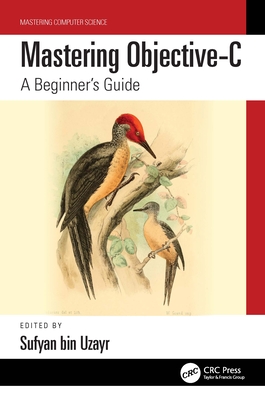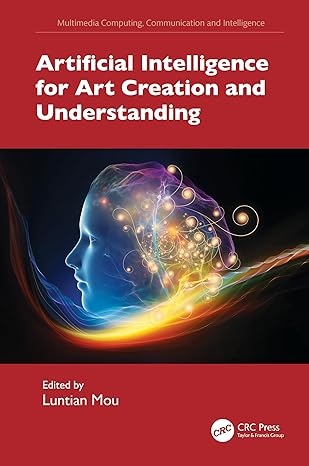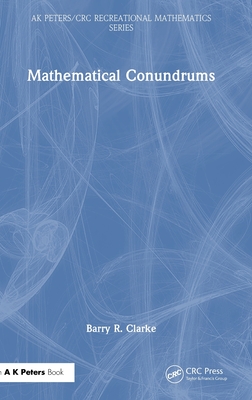图书简介
According to UN estimates, approximately nearly half of the world’s population now lives in cities and that figure is expected to rise to almost 70% by 2050. Cities now account for around 70% of worldwide greenhouse gas emissions, and this percentage is predicted to rise in the near future as a result of projected increases in global urbanization patterns. It is widely acknowledged that irrational urban planning and design can increase emissions while also exacerbating threats and risks, resulting in a slew of environmental issues such as urban heat islands, air pollution, flooding, amongst other issues, as well as environmental, social, and economic losses. Therefore, these concerns must be addressed promptly in order to cope up with these rising difficulties and make urban environments safer for residents. With the advancement of remote sensing technology and the use of current remote observation systems, urban data science, remote sensing, and artificial intelligence (AI), modeling and quantifying emergent difficulties in urban regions and urban systems have become easy. They aid in the quantitative analysis of urban shape, functions, and human behavior in cities. Harvesting data, developing models, and suggesting new methodologies will be aided by combining urban ecology with new breakthroughs in data science. This book is of great value to a diverse group of academicians, scientists, students, environmentalists, meteorologists, urban planners, remote sensing and GIS experts with a common interest in geospatial sciences within the earth environmental sciences, as well as human and social sciences.
Chapter 1. Remote Sensing and Artificial Intelligence for Urban Environmental Studies.- Chapter 2. A Systematic Review on the Application of Geospatial Technology and Artificial Intelligence in Urban Growth Modeling.- Chapter 3. Urban Expansion Monitoring Using Machine Learning Algorithms on Google Earth Engine Platform and Cellular Automata Model: A Case Study of Raiganj Municipality, West Bengal, India.- Chapter 4. Multi-Temporal Dynamics of Land Use Land Cover Change and Urban Expansion in the Tropical Coastal District of Kozhikode.- Chapter 5. Land Use Land Cover Change Modeling and Forecasting in Mumbai City by Integrating Cellular Automata and Artificial Neural Network.- Chapter 6. Monitoring Urban Sprawl Using Geo-Spatial Technology: A Case Study of Kanpur City, India.- Chapter 7. Studying Urban Growth Dynamics in Indo–Gangetic Plain.- Chapter 8. Monitoring and Prediction of Spatiotemporal Land Use Land Cover Change Using Markov Chain Cellular Automata Model in Barisal, Bangladesh.- Chapter 9. Urban Change Detection Analysis Using Big Data and Machine Learning: A Review.- Chapter 10. Urban Green and Blue Spaces Dynamics – A Geospatial Analysis using Remote Sensing, Machine Learning and Landscape Metrics in Rajshahi Metropolitan City, Bangladesh.- Chapter 11. Quantifying the Impact of Urban Greenspace Pattern to Land Surface Temperature: Evidence from an Urban Agglomeration of Eastern India.- Chapter 12. Urban Effects on Hydrological Status and Trophic State in Peri-Urban Wetland.- Chapter 13. Integrated Urban Decarbonization Planning Tool for Global Cities.- Chapter 14. Perception of Ecosystem Services from Urban Green Space: A Case from An Urban and A Peri-Urban Green Space in English Bazar Urban Agglomeration, Eastern India.- Chapter 15. Monitoring Spatio-Temporal Reduction of An Urban Wetland Using Landsat Time Series Analysis: A Case Study of Deepor Beel, Assam, India.- Chapter 16. GIS-Based Methodology and World Urban Database and Access Portal Tools (WUDAPT) For Mapping Local Climatic Zones: A Study of Kolkata.- Chapter 17. Air pollutants-induced environmental critical zones in capital city of India.- Chapter 18. Nexus Between Anthropogenic Heat Flux and Urban Heat Island.- Chapter 19. Impact of Urbanisation on Land Use Land Cover Change and Land Surface Temperature in a Satellite Town.- Chapter 20. Identifying the Flood Hazard Zones in Urban Area Using Flood Hazard Index (FHI) – A Case of Capital City of India.- Chapter 21. An Assessment of Traffic Noise Level in Agartala Municipal Corporation Using Geo-Spatial Technology in Tripura, India.- Chapter 22. Solid Waste Management Scenario of Raiganj Municipality, West Bengal, India.- Chapter 23. Integration of Advanced Technologies in Urban Waste Management.- Chapter 24. Rethinking the Urban Form and Quality of Walking Experience Using Geospatial Technology.- Chapter 25. A Remote Sensing and GIS Based Approach for Assessment of Drinking Water Quality and Its Association with Land-Use Land-Cover in Azamgarh City, India.- Chapter 26. Urban Planning in Perspective of UN Sustainable Development Goal – 11 Using Geospatial Technology: A Case Study of Kolkata Megapolis (India).- Chapter 27. An Introduction to Big Data and its Possible Utility in the Urban Context.- Chapter 28. Rethinking Progress in Approaches and Techniques for the Urban Environmental Studies.
Trade Policy 买家须知
- 关于产品:
- ● 正版保障:本网站隶属于中国国际图书贸易集团公司,确保所有图书都是100%正版。
- ● 环保纸张:进口图书大多使用的都是环保轻型张,颜色偏黄,重量比较轻。
- ● 毛边版:即书翻页的地方,故意做成了参差不齐的样子,一般为精装版,更具收藏价值。
关于退换货:- 由于预订产品的特殊性,采购订单正式发订后,买方不得无故取消全部或部分产品的订购。
- 由于进口图书的特殊性,发生以下情况的,请直接拒收货物,由快递返回:
- ● 外包装破损/发错货/少发货/图书外观破损/图书配件不全(例如:光盘等)
并请在工作日通过电话400-008-1110联系我们。
- 签收后,如发生以下情况,请在签收后的5个工作日内联系客服办理退换货:
- ● 缺页/错页/错印/脱线
关于发货时间:- 一般情况下:
- ●【现货】 下单后48小时内由北京(库房)发出快递。
- ●【预订】【预售】下单后国外发货,到货时间预计5-8周左右,店铺默认中通快递,如需顺丰快递邮费到付。
- ● 需要开具发票的客户,发货时间可能在上述基础上再延后1-2个工作日(紧急发票需求,请联系010-68433105/3213);
- ● 如遇其他特殊原因,对发货时间有影响的,我们会第一时间在网站公告,敬请留意。
关于到货时间:- 由于进口图书入境入库后,都是委托第三方快递发货,所以我们只能保证在规定时间内发出,但无法为您保证确切的到货时间。
- ● 主要城市一般2-4天
- ● 偏远地区一般4-7天
关于接听咨询电话的时间:- 010-68433105/3213正常接听咨询电话的时间为:周一至周五上午8:30~下午5:00,周六、日及法定节假日休息,将无法接听来电,敬请谅解。
- 其它时间您也可以通过邮件联系我们:customer@readgo.cn,工作日会优先处理。
关于快递:- ● 已付款订单:主要由中通、宅急送负责派送,订单进度查询请拨打010-68433105/3213。
本书暂无推荐
本书暂无推荐














